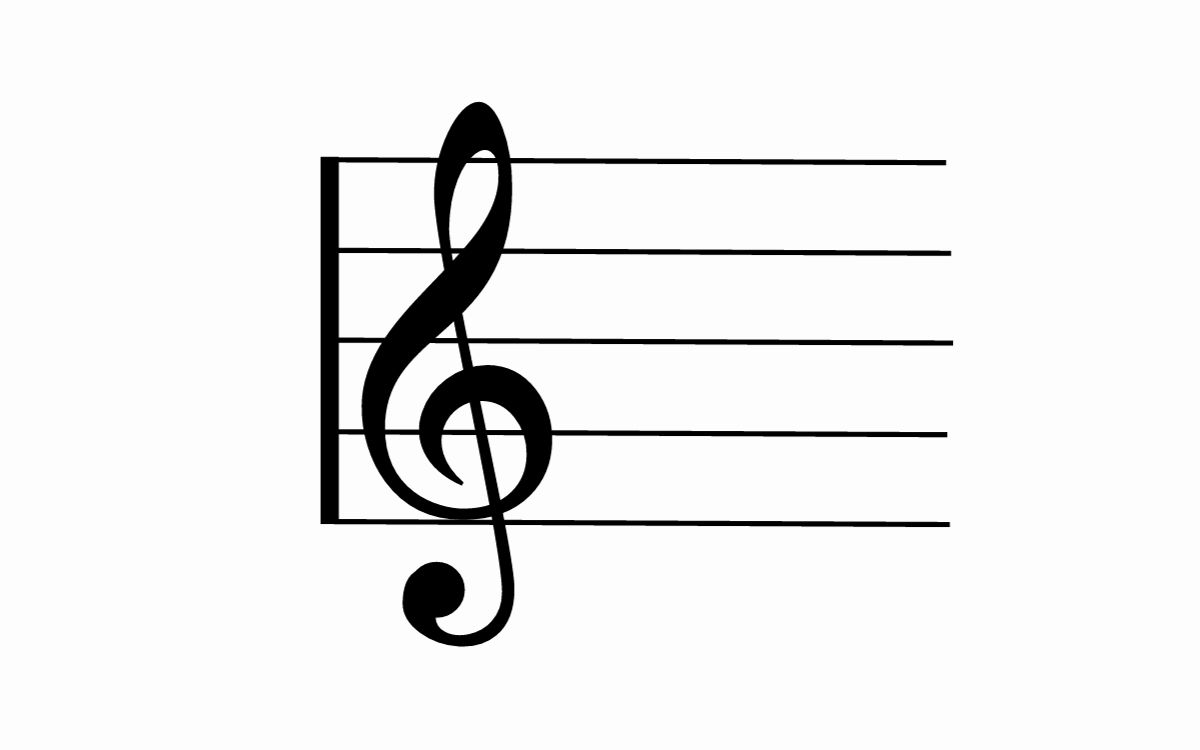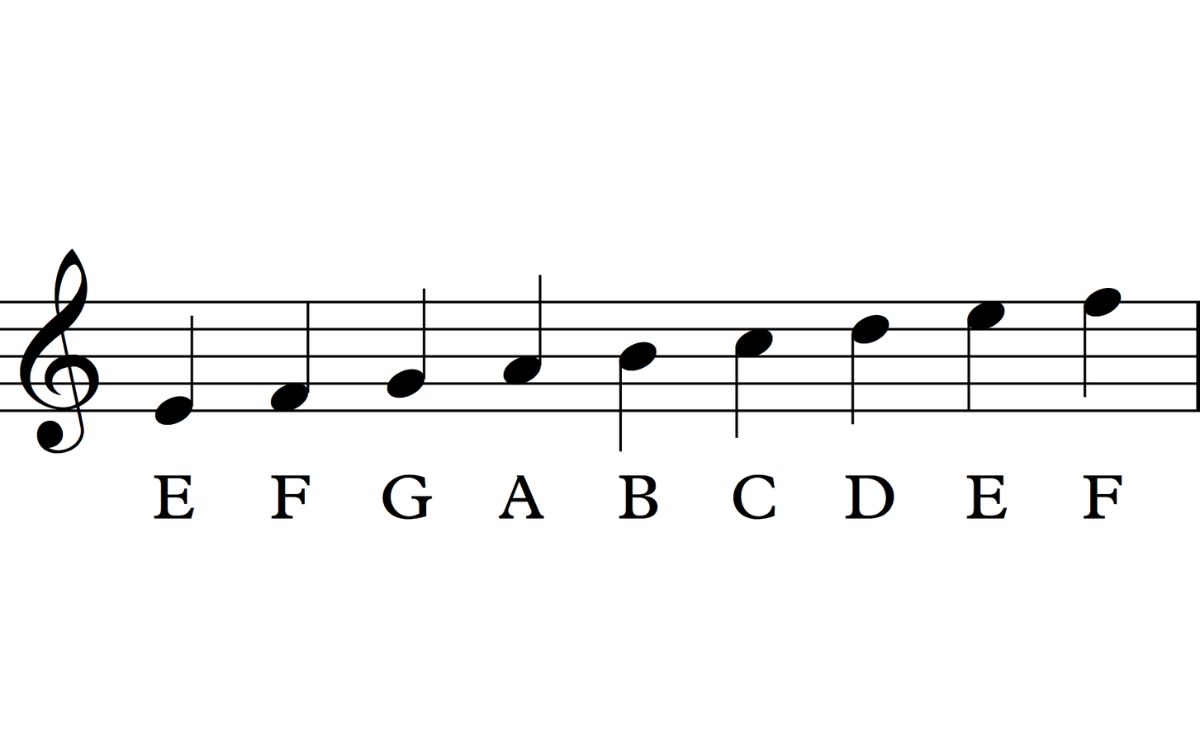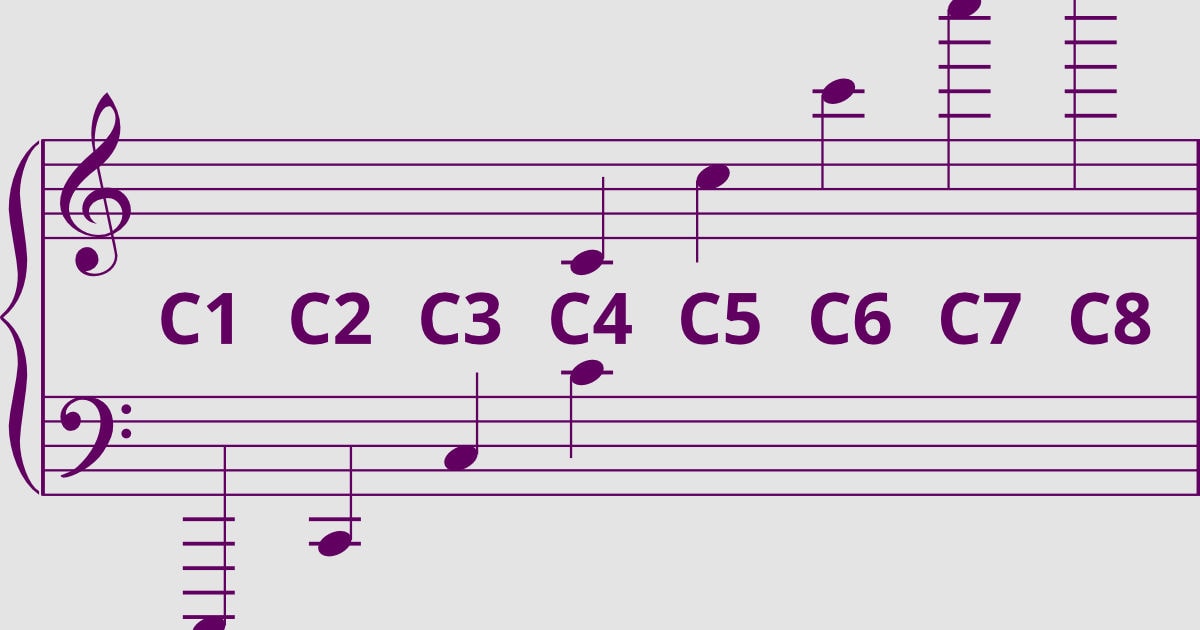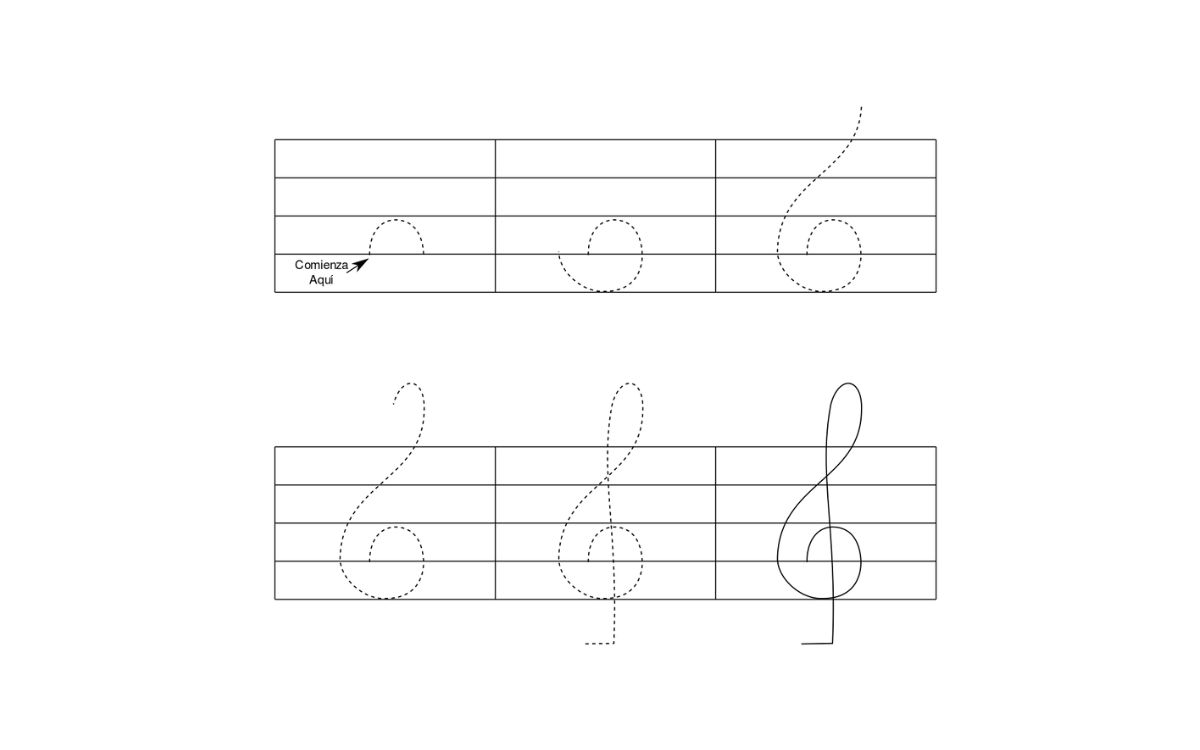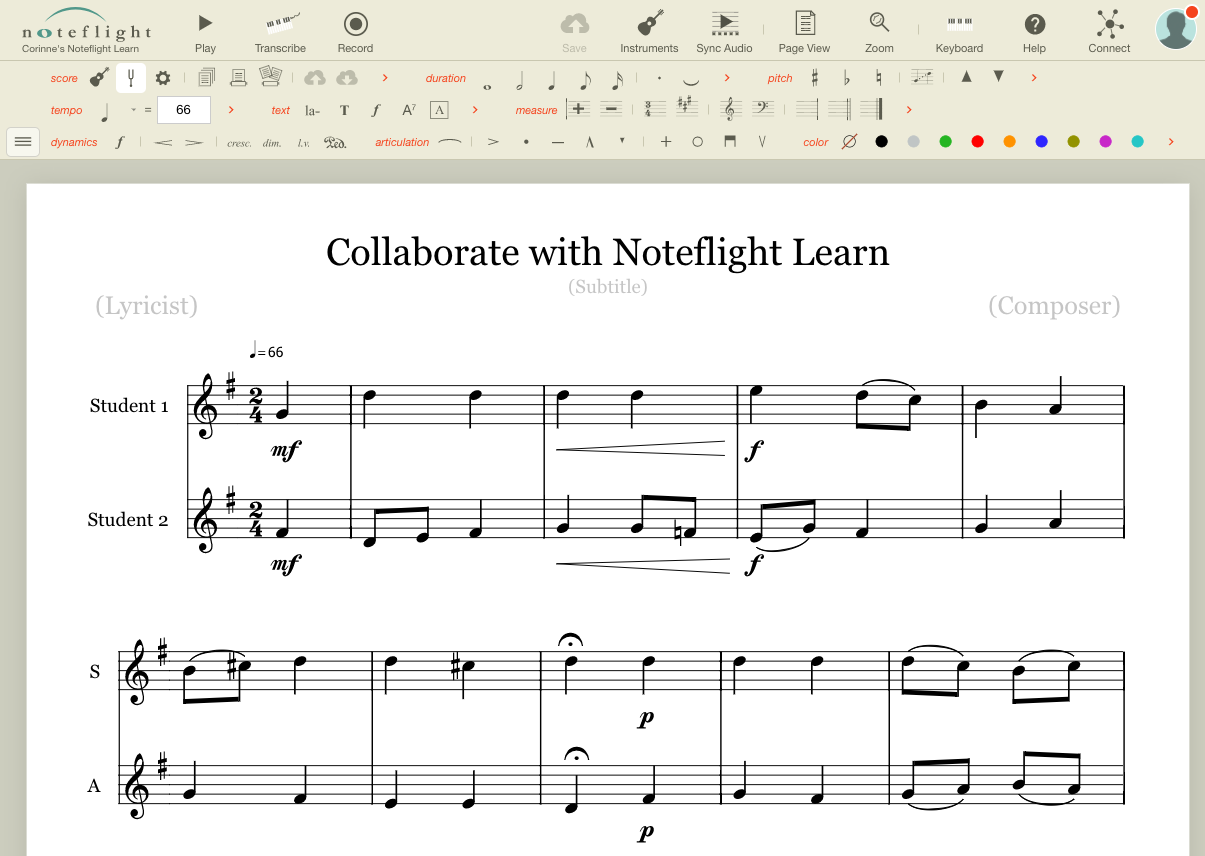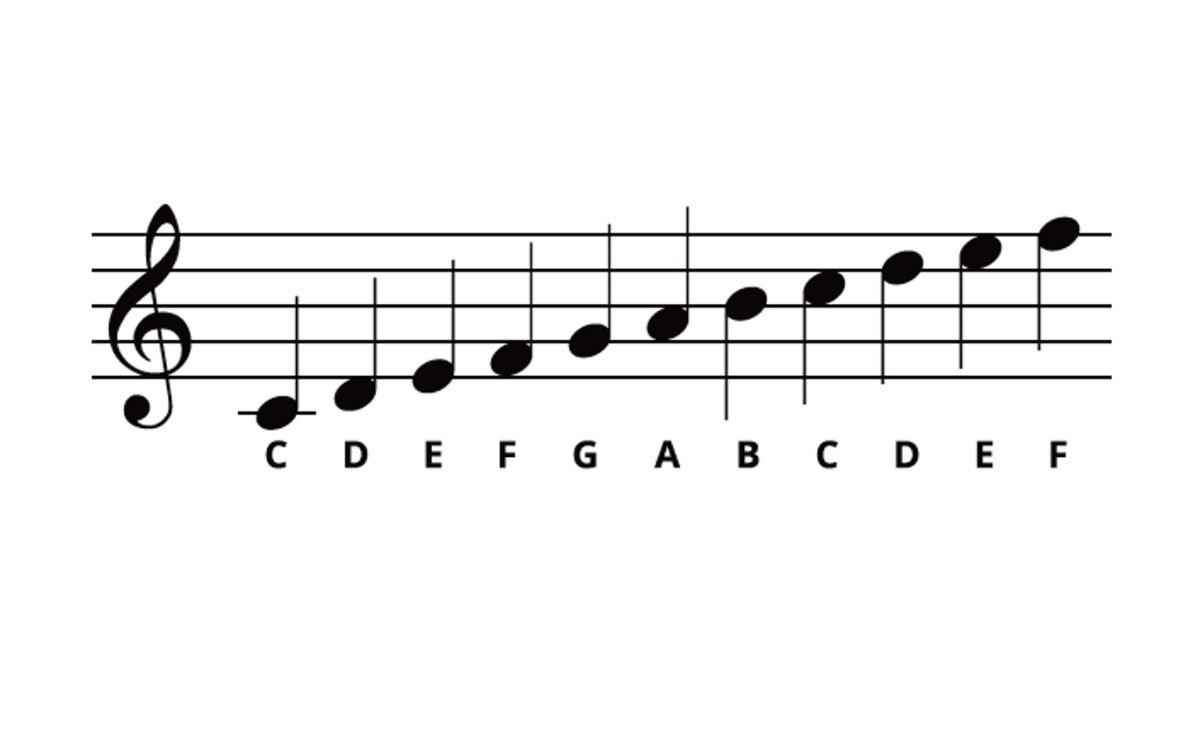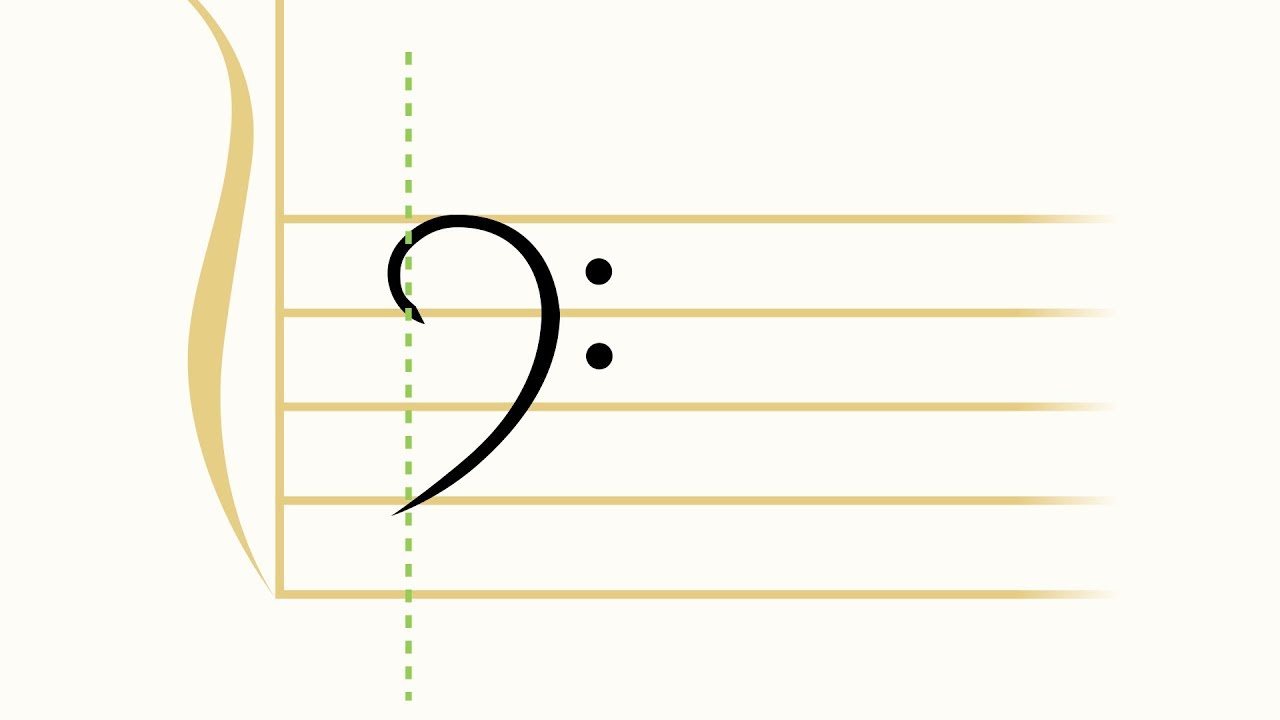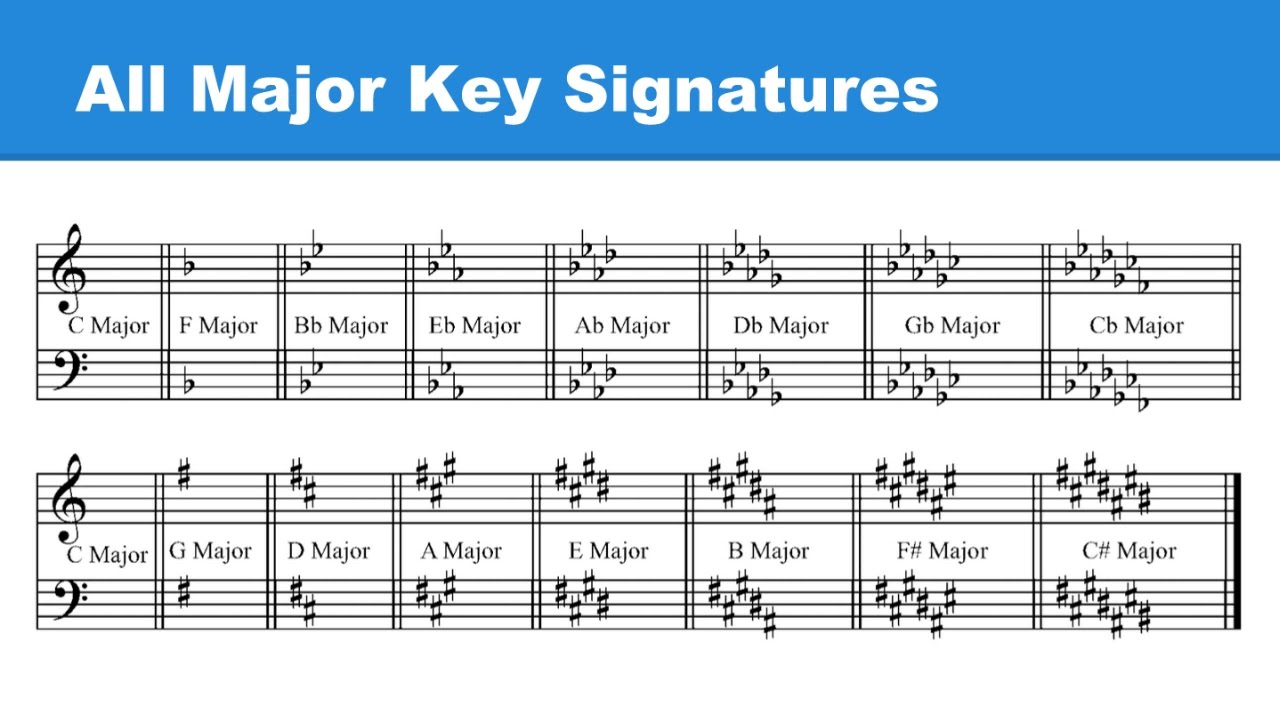Home>Instruments>Bass>How To Transpose Treble Clef To Bass Clef
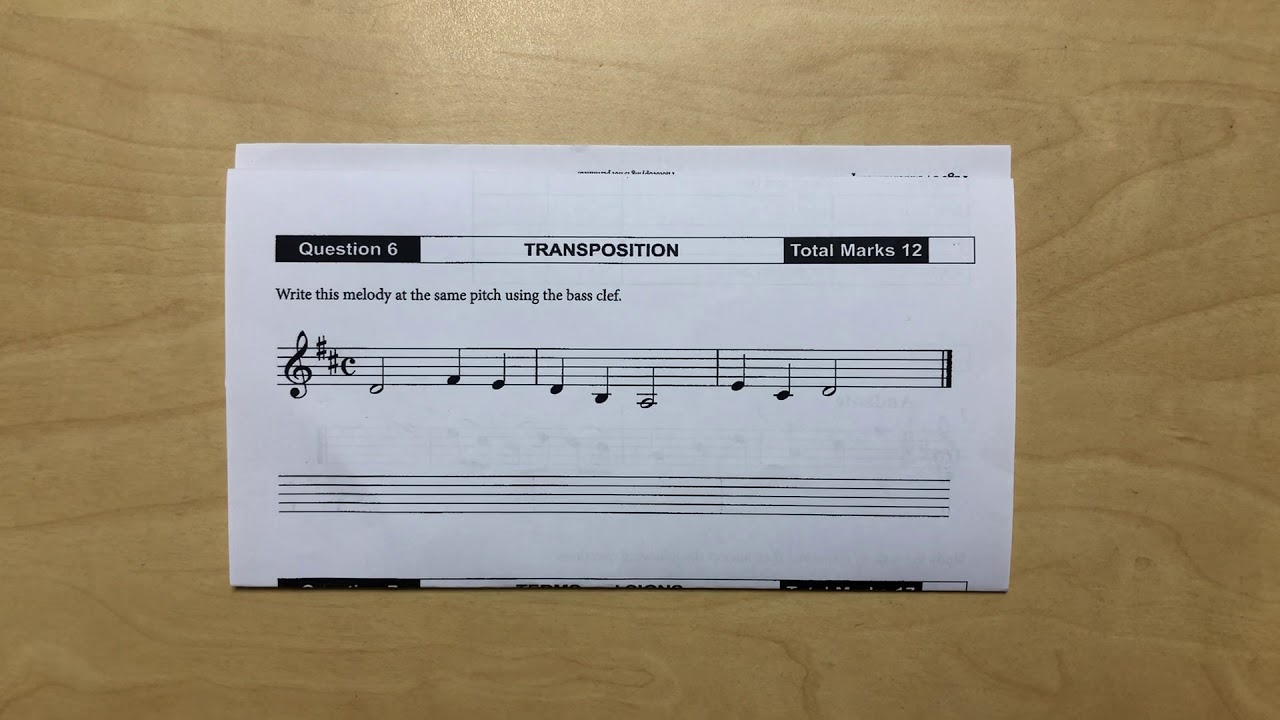

Bass
How To Transpose Treble Clef To Bass Clef
Modified: January 22, 2024
Learn how to transpose treble clef music to bass clef with our step-by-step guide. Master the techniques to play the bass with confidence and precision.
(Many of the links in this article redirect to a specific reviewed product. Your purchase of these products through affiliate links helps to generate commission for AudioLover.com, at no extra cost. Learn more)
Table of Contents
Introduction
Transposing music from one clef to another can be a challenging yet essential skill for musicians, especially those who play bass instruments. The ability to read and perform music in both treble and bass clef opens up a world of opportunities and expands a musician’s versatility.
While the treble clef is commonly used for instruments like the piano, violin, and flute, the bass clef is primarily associated with lower-pitched instruments such as the double bass, cello, and bass guitar. Understanding how to transpose music from treble clef to bass clef allows bass players to access a wider range of music, including melodies, harmonies, and chord progressions.
In this article, we will explore the fundamentals of treble clef and bass clef, and guide you through the steps to transpose from treble clef to bass clef. We will also provide useful tips, techniques, and exercises to help you become proficient in transposing and enhance your musical abilities.
Whether you’re an aspiring bass player or a seasoned musician looking to expand your repertoire, mastering the skill of transposing treble clef to bass clef will significantly contribute to your musical growth. So, let’s dive in and unlock the world of bass music!
Understanding the Basics of Treble Clef and Bass Clef
Before diving into the process of transposing from treble clef to bass clef, it’s important to have a solid understanding of these two musical notations. The treble clef, also known as the G clef, is commonly found in sheet music for instruments with higher ranges such as the piano, violin, and flute. It indicates which line corresponds to the G above middle C.
The bass clef, on the other hand, is also known as the F clef and is widely used for instruments with lower ranges like the double bass, cello, and bass guitar. It indicates which line corresponds to the F below middle C.
In the treble clef, the five lines represent the E, G, B, D, and F notes, while the four spaces represent the F, A, C, and E notes. The bass clef has different note representations, with the five lines representing the G, B, D, F, and A notes, and the four spaces representing the A, C, E, and G notes.
When transposing from treble clef to bass clef, it’s important to understand how the notes correspond between the two clefs. For example, the G note in treble clef is represented by the first line, while in bass clef, it is represented by the second line from the top.
It’s also crucial to familiarize yourself with the concept of ledger lines, which are used when notes fall outside the range of the staff. Ledger lines are small lines that extend above or below the staff and indicate the pitch of the note.
Having a strong foundation in understanding the basics of treble clef and bass clef will provide you with the necessary knowledge to successfully transpose music from one clef to another. It will enable you to read and play music written in bass clef, expanding your repertoire and versatility as a musician.
Steps to Transpose Treble Clef to Bass Clef
Transposing music from treble clef to bass clef can seem daunting at first, but by following a few systematic steps, you’ll be able to tackle the process with confidence. Here’s a step-by-step guide to help you transpose effectively:
- Identify the key signature: Begin by recognizing the key signature of the treble clef piece. The key signature indicates the sharps or flats present in the music and remains the same when transposing to the bass clef.
- Determine the octave shift: In most cases, when transposing from treble clef to bass clef, the notes will need to be shifted down one or two octaves to fit within the lower range of the bass clef. This ensures that the melody retains the same relative pitch from its original key.
- Transpose the notes: Start by transposing the melody line, following the movement of the original notes. Remember that the notes in the bass clef have different representations compared to the treble clef. For example, an E in treble clef corresponds to a G in the bass clef.
- Adjust for ledger lines: Pay attention to the placement of the notes in relation to the ledger lines. Make sure to accurately indicate the correct pitch of the notes when they fall outside the staff by adding the appropriate ledger lines above or below the staff.
- Take into account the rhythm and timing: When transposing, ensure that the rhythm and timing of the music remain consistent. The length of notes, rests, and other musical elements should be maintained throughout the transposition.
- Double-check your work: Once you’ve completed the transposition, review the music to make sure it’s accurate. Check for any errors in the note placement, key signature, and rhythm. Play through the transposed piece to ensure it sounds correct and matches the desired tonality.
By following these steps and practicing transposition regularly, you’ll develop the skills and confidence needed to accurately transpose treble clef music to bass clef. Remember, transposing may require some trial and error at first, but with time and practice, you’ll become more proficient in this essential skill for bass players.
Tips and Techniques for Transposing Successfully
Transposing music from treble clef to bass clef requires attention to detail and a solid understanding of both clefs. To help you transpose successfully, here are some useful tips and techniques:
- Practice reading in both clefs: Familiarize yourself with reading and playing music in both treble clef and bass clef. This will make transposing easier as you’ll already be comfortable with the notation of each clef.
- Memorize common note relationships: Learn to recognize common note relationships between the treble clef and bass clef. For example, understanding that the first line in treble clef represents the G note, while the second line in bass clef represents the same pitch.
- Master the key signatures: Be fluent in identifying the key signatures of both clefs. This will help you accurately transpose the correct sharps or flats from the treble clef to the bass clef.
- Take it one measure at a time: Break down the music into smaller sections, transposing one measure at a time. This will help you focus on each segment and ensure accuracy during the transposition process.
- Utilize the piano or a music notation software: If you’re unsure about the transposition, use a keyboard instrument or music notation software to play the original melody in treble clef while reading the notes written in the bass clef. This will help you visualize and hear the transposition more clearly.
- Listen to transposed recordings: Listen to recordings or performances of pieces transposed from treble clef to bass clef. This will give you a sense of how the transposed music should sound and help you develop a better understanding of the tonal qualities of the bass clef.
- Seek guidance from a music teacher or mentor: If you’re struggling with transposing, consider seeking guidance from a music teacher or mentor who can provide personalized instruction and support. They can offer feedback, answer your questions, and help you navigate any challenges you may encounter.
Remember, transposing takes time and practice to master. Be patient with yourself, and embrace the learning process. With dedication and persistence, you’ll become more confident and proficient in transposing music from treble clef to bass clef.
Common Challenges and How to Overcome Them
Transposing music from treble clef to bass clef can present various challenges along the way. Here are some common obstacles you may encounter and strategies to overcome them:
- Note recognition: Difficulty in quickly identifying notes in the bass clef is a common challenge for those accustomed to reading treble clef. To overcome this, practice regularly by sight-reading exercises and melodies in the bass clef. Gradually, you’ll become more familiar with note recognition in this clef.
- Octave displacement: Shifting the notes down one or two octaves to fit the lower range of the bass clef can sometimes be confusing. To overcome this, play the original melody in treble clef on a keyboard instrument and simultaneously read the bass clef notation. This will help you hear and visualize the transposition more effectively.
- Accidental adjustments: Ensuring the correct placement of sharps or flats in the transposition is crucial to maintaining the original key. Take your time to review the key signature and make any necessary adjustments when transposing. Refer to the circle of fifths as a helpful tool to determine the proper accidentals.
- Rhythm and timing: Maintaining the correct rhythm and timing during the transposition process is essential. Pay attention to the time signatures, note durations, and rests and make sure they remain consistent with the original piece. Counting aloud or using a metronome can assist in keeping a steady tempo throughout the transposition.
- Practice slow and gradually increase tempo: When initially learning to transpose, practice at a slower tempo to familiarize yourself with the bass clef notation and to avoid making mistakes. As you become more comfortable, gradually increase the tempo to match the desired speed of the piece.
- Seek guidance and feedback: If you’re facing persistent challenges with transposing from treble clef to bass clef, don’t hesitate to seek guidance from a music teacher or mentor. They can provide valuable feedback, offer insights into specific areas of difficulty, and provide exercises tailored to your needs.
Remember, transposing is a skill that improves with regular practice and patience. Each challenge encountered along the way is an opportunity for growth and learning. Embrace the process, and celebrate the progress you make as you become more confident in transposing music to the bass clef.
Practice Exercises for Transposing Treble Clef to Bass Clef
To improve your transposition skills from treble clef to bass clef, it is essential to practice regularly. Here are some exercises to help you strengthen your ability to transpose:
- Simple Melodies: Start with simple melodies in treble clef, such as nursery rhymes or beginner-level songs. Transpose these melodies to the bass clef by following the steps outlined earlier. Begin by transposing one measure at a time and gradually increase the complexity of the melody as you become more comfortable.
- Etudes and Studies: Look for etudes or studies specifically designed for transposing between the clefs. These exercises often include melodies and technical exercises that target the specific challenges of transposition. Practice them diligently to improve your accuracy and speed when transposing.
- Sight-reading Exercises: Develop your sight-reading skills in the bass clef by regularly practicing sight-reading exercises. Start with simple exercises and gradually progress to more complex pieces. This will help you become more fluent in reading and transposing music on the spot.
- Accompaniment Practice: Choose a piece of music and transpose the treble clef melody to the bass clef. Then, practice playing the transposed melody while accompanying yourself on another instrument or with a backing track. This will help you integrate the transposed melody into a musical context.
- Transposing with a Partner: Collaborate with another musician who plays an instrument in treble clef. Take turns transposing melodies from treble clef to bass clef and vice versa. This interactive exercise will not only improve your transposition skills but also introduce you to transposing from bass clef to treble clef.
- Improvisation: Once you have a solid foundation in transposing, challenge yourself to improvise melodies in the bass clef. This exercise encourages creativity while honing your transposition skills. Start with simple chord progressions and gradually experiment with more complex harmonic structures.
Remember to practice at a pace that is comfortable for you. Take your time to master each exercise before moving on to more challenging ones. Consistent practice and patience are key to becoming proficient in transposing from treble clef to bass clef.
Conclusion
Transposing music from treble clef to bass clef is a valuable skill for any musician seeking to expand their repertoire and versatility. Though it may seem challenging initially, with practice and dedication, you can become proficient in transposing and enjoy the world of bass music.
In this article, we explored the basics of treble clef and bass clef, guiding you through the steps to transpose from treble clef to bass clef. We also provided useful tips and techniques to help you overcome common challenges and offered practice exercises to enhance your transposition skills. Remember, transposing requires attention to detail, note recognition, and a solid understanding of both clefs.
As you continue to practice transposing, don’t forget the value of seeking guidance from a music teacher or mentor who can provide personalized instruction and feedback. They can help you navigate difficulties, refine your techniques, and offer advice tailored to your specific needs.
Remember to practice regularly, starting with simple melodies and gradually progressing to more complex pieces. Take your time, be patient with yourself, and celebrate each milestone along the way. With dedication and persistence, you will become more confident in transposing music from treble clef to bass clef.
So, dive into the world of bass music, explore new melodies, harmonies, and chord progressions, and unlock your full potential as a musician. Let the art of transposing open doors to new opportunities and broaden your musical horizons.

